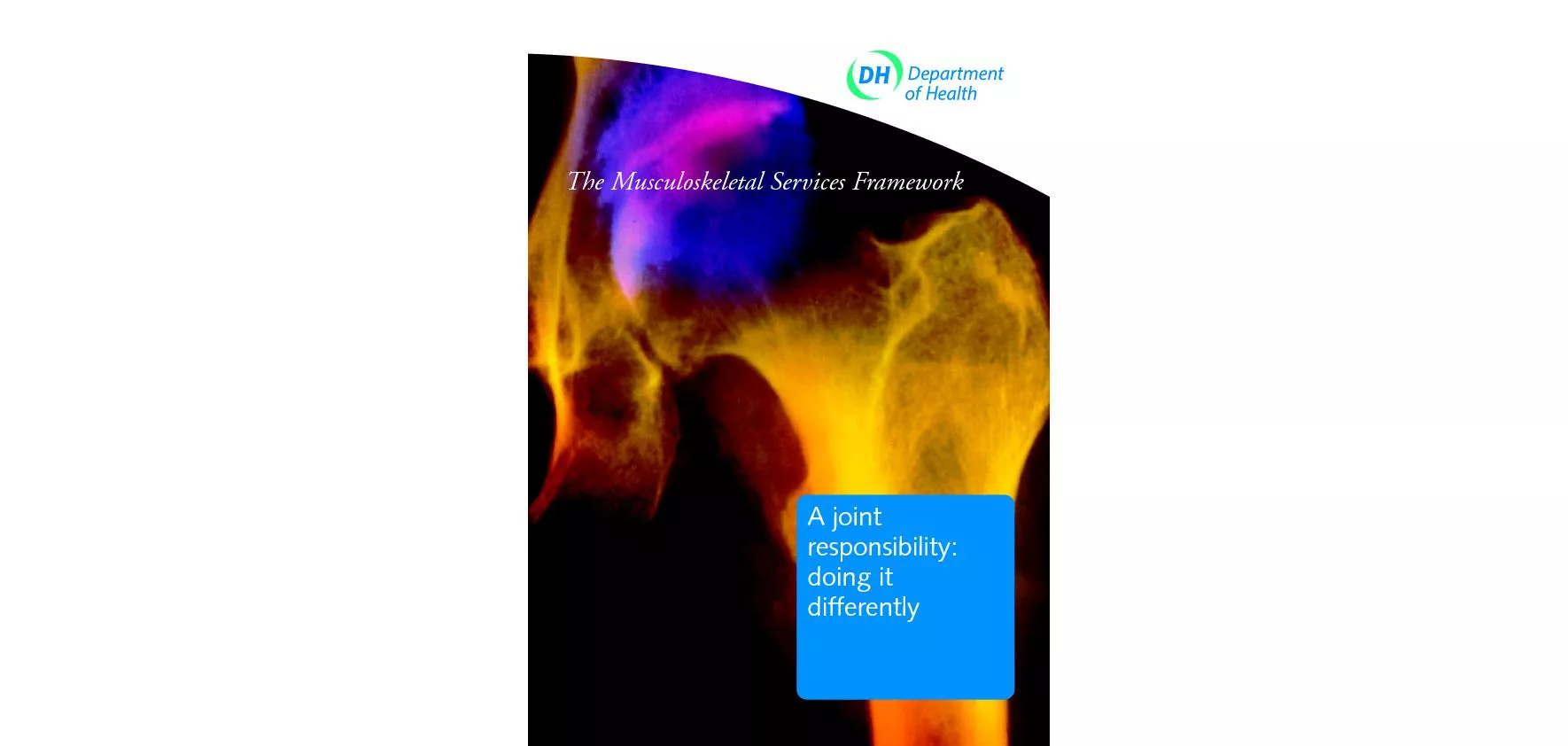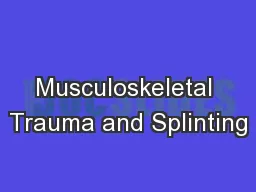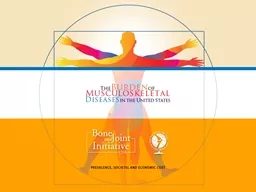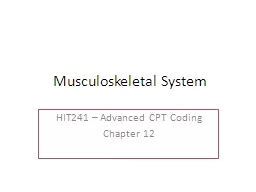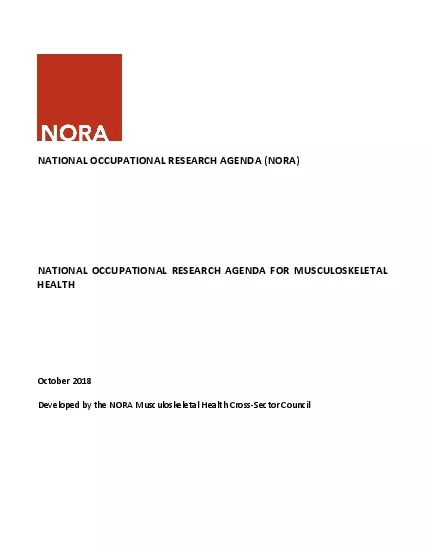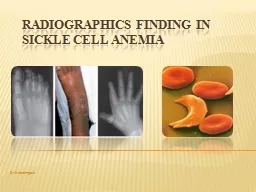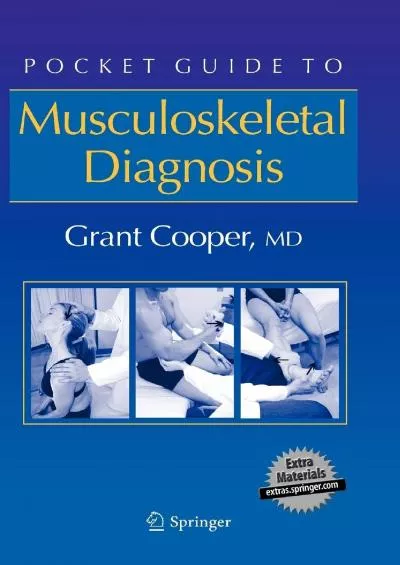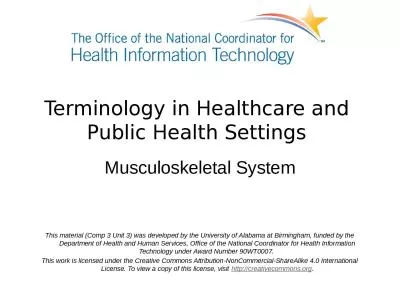PDF-The Musculoskeletal Services Framework
Author : tawny-fly | Published Date : 2016-06-29
responsibilitydifferently Musculoskeletal Services Framework DH Publications OrderlineEmail dhprologukcomTel 08701 555 455Textphone 08700 102 870 8am to 6pm Monday
Presentation Embed Code
Download Presentation
Download Presentation The PPT/PDF document "The Musculoskeletal Services Framework" is the property of its rightful owner. Permission is granted to download and print the materials on this website for personal, non-commercial use only, and to display it on your personal computer provided you do not modify the materials and that you retain all copyright notices contained in the materials. By downloading content from our website, you accept the terms of this agreement.
The Musculoskeletal Services Framework: Transcript
Download Rules Of Document
"The Musculoskeletal Services Framework"The content belongs to its owner. You may download and print it for personal use, without modification, and keep all copyright notices. By downloading, you agree to these terms.
Related Documents

